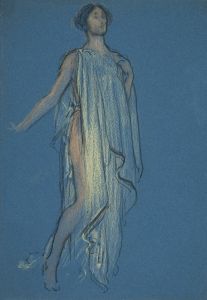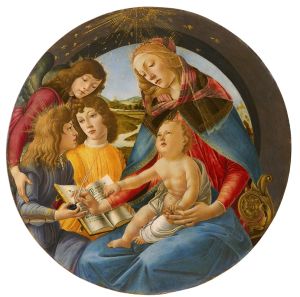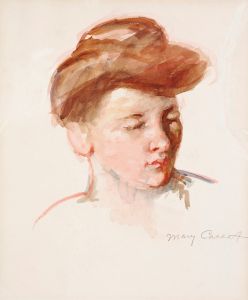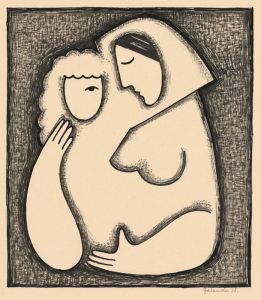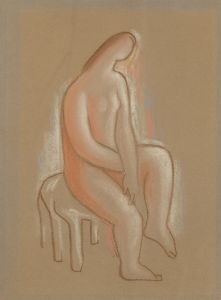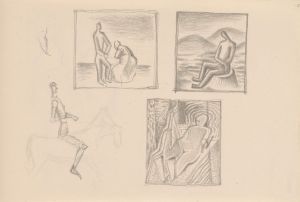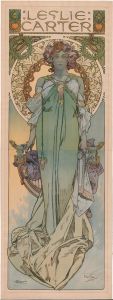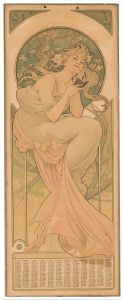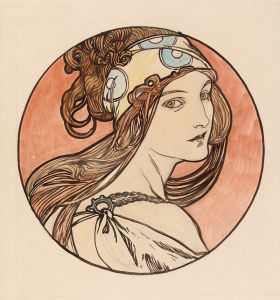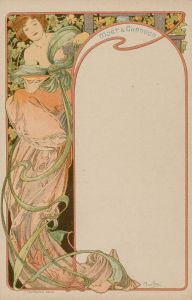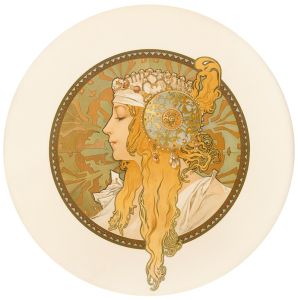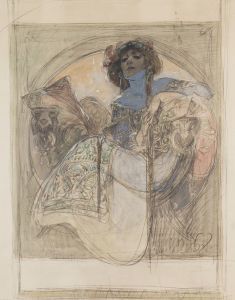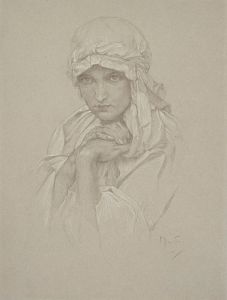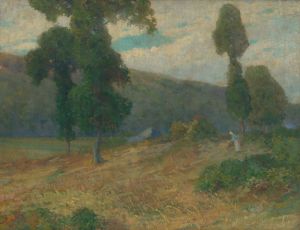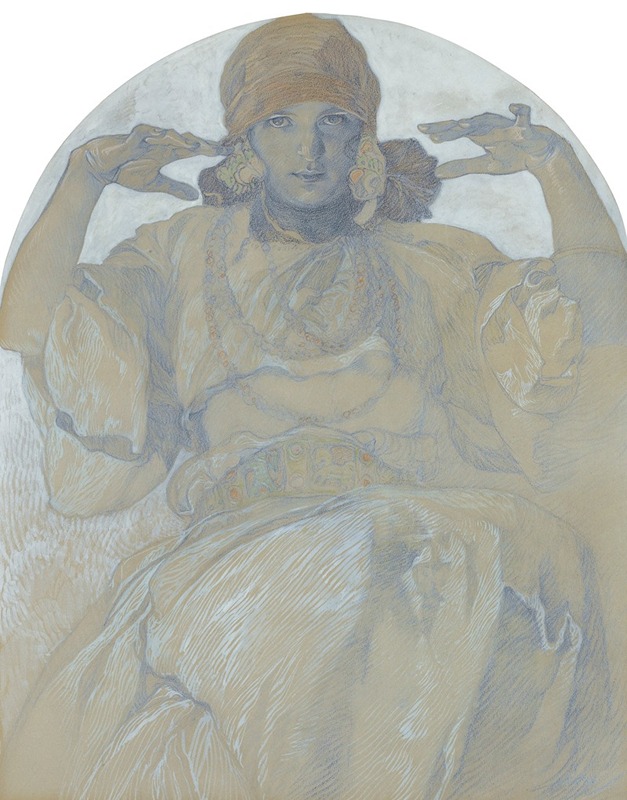
Jaroslava Mucha
A hand-painted replica of Alphonse Mucha’s masterpiece Jaroslava Mucha, meticulously crafted by professional artists to capture the true essence of the original. Each piece is created with museum-quality canvas and rare mineral pigments, carefully painted by experienced artists with delicate brushstrokes and rich, layered colors to perfectly recreate the texture of the original artwork. Unlike machine-printed reproductions, this hand-painted version brings the painting to life, infused with the artist’s emotions and skill in every stroke. Whether for personal collection or home decoration, it instantly elevates the artistic atmosphere of any space.
Alphonse Mucha, a renowned Czech painter and decorative artist, is best known for his distinctive style that became synonymous with the Art Nouveau movement. Among his many works, "Jaroslava Mucha" is a notable piece that captures the essence of his artistic vision and personal life. This painting is a portrait of his daughter, Jaroslava Mucha, and it exemplifies Mucha's ability to blend personal subjects with his characteristic style.
Alphonse Mucha was born on July 24, 1860, in the town of Ivančice, in what is now the Czech Republic. He gained fame in the late 19th and early 20th centuries for his posters, illustrations, and decorative designs, which often featured beautiful women, intricate patterns, and flowing lines. Mucha's work became emblematic of the Art Nouveau movement, characterized by its organic forms and elegant compositions.
The portrait of Jaroslava Mucha is a testament to Mucha's skill in capturing the likeness and personality of his subjects. Jaroslava, born in 1909, was Mucha's only daughter, and she held a special place in his life. The painting reflects Mucha's deep affection for his daughter, as well as his mastery of portraiture. In this work, Mucha employs his signature style, using soft lines and delicate colors to create a sense of harmony and grace.
Mucha's approach to portraiture was influenced by his broader artistic philosophy, which emphasized beauty, harmony, and the spiritual connection between the artist and the subject. In "Jaroslava Mucha," these elements are evident in the gentle expression on Jaroslava's face and the subtle interplay of light and shadow. The painting not only captures her physical appearance but also conveys a sense of her inner character and the bond she shared with her father.
Throughout his career, Mucha was deeply committed to his Czech heritage and often incorporated elements of Slavic culture and mythology into his work. This cultural pride is subtly reflected in the portrait of Jaroslava, as Mucha sought to convey the values and traditions of his homeland through his art. His dedication to his roots is further exemplified by his later works, such as "The Slav Epic," a series of monumental paintings depicting the history of the Slavic people.
"Jaroslava Mucha" is more than just a portrait; it is a reflection of Mucha's artistic journey and personal life. The painting stands as a testament to his ability to blend personal and cultural themes with the aesthetic principles of the Art Nouveau movement. It remains an important piece in Mucha's oeuvre, showcasing his talent for capturing the essence of his subjects with elegance and sensitivity.
Alphonse Mucha's legacy continues to influence artists and designers around the world. His work, including the portrait of Jaroslava, is celebrated for its beauty, innovation, and timeless appeal. Today, Mucha's art is exhibited in museums and galleries worldwide, where it continues to inspire new generations of admirers.





